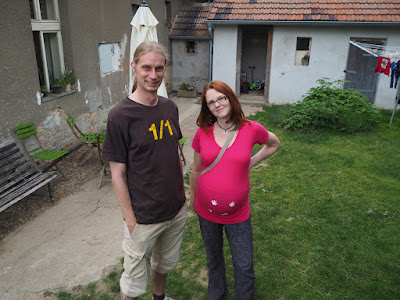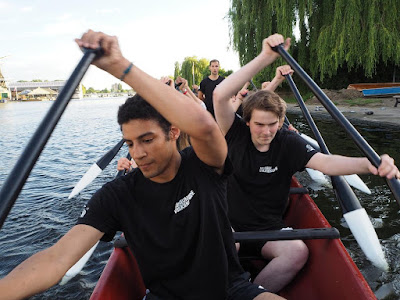It's been a busy few days in the south of the Netherlands visiting everyone from the very oldest of my old aunties (96-year-old Aunt Didi) to my mum's only sister and the first boy she liked (tee hee). That's him, Albert, on the left with my uncle Arnaud and aunt Maaike in Eindhoven. On the way I also stopped in to visit my Uncle Wilbert.
I stayed the night with my lovely cosuin Laura and her partner Tom, also in Eindhoven. Tom cooked a great Thai meal and I drank most of the New Zealand wine I brought plus half their whisky collection. Oops!
Earlier, I visited my cousin Karin, who showed me around a former industrial area of Eindhoven being regenerated for housing, arts and entertainment. Pity the weather's been terrible or she would've taken me gliding...
I also visited my cousin in Gineke and her partner Rene, who work incredibly hard on an organic farm producing seeds and improving vegetable varieties in an effort to counter the stranglehold of big seed firms like Monsanto. They cooked a great dinner and showed me around their farm...
... and here I am (with cousin Mieke, left, who put me up for the night in Leende, near Eindhoven, and Gineke) checking out a field where they produce parsnip seeds for organic growers.
I also visited my cousin Birgit and her faithful retriever Dundee in Waalre, a small town south of Eindhoven. Birgit took me to see her 96-year-old mum, my aunt Didi. Didi is now confined to bed but still lives in her own home and knew exactly who I was. It was a short but moving visit.









































